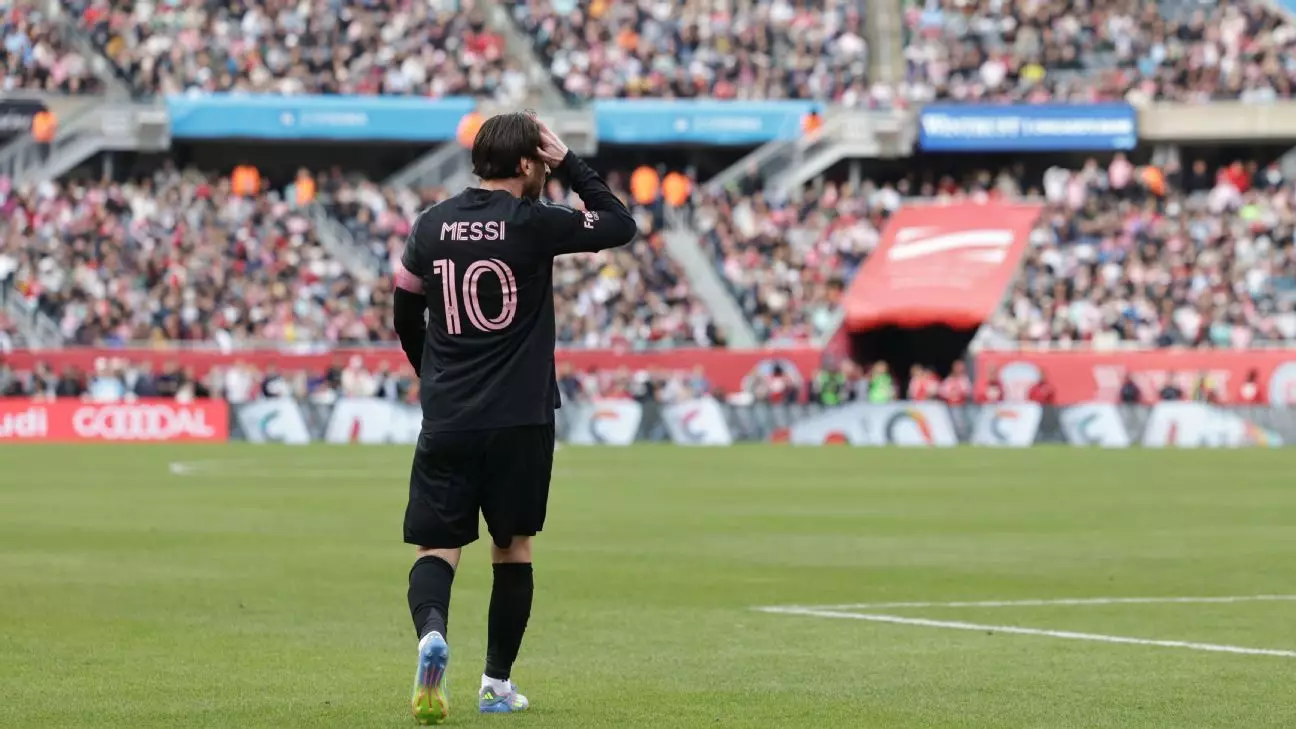The Chicago Fire FC’s announcement regarding the development of a soccer-specific stadium marks a transformative moment not just for the club but for the entire city of Chicago. The planned 22,000-seat venue, estimated to cost a striking $650 million, stands as a testament to the ambition and commitment of owner Joe Mansueto. Situated alongside the scenic Chicago River, just south of Roosevelt Road, this project promises to redefine both the landscape of soccer in the city and the cultural vibrancy of its surrounding neighborhood.
The choice of location speaks volumes. Nestled within the evolving 78th neighborhood, the stadium isn’t merely a sporting arena but a nucleus for an entertainment district, signposting a revitalization that encompasses restaurants, retail spaces, and even residential buildings. The introduction of green spaces and the extension of the Chicago Riverwalk further supports Mansueto’s vision of creating an inclusive community hub. The notion of a “world-class” city housing a “world-class” football club is eloquently captured by Mansueto’s own words, revealing a deep-seated understanding of the direct connections between sports, community, and local culture.
A Local Catalyst for Economic Growth
What stands out in Mansueto’s vision is his emphasis on the stadium’s potential to spur economic development. By generating thousands of job opportunities and reinvigorating a previously stagnant area, the project goes beyond the realm of sports. It positions the Fire as not just a participant in the Major League Soccer (MLS) landscape but as a key player in the socio-economic fabric of Chicago. The establishment of the stadium is poised to inject money into the local economy, drawing visitors and enhancing the lifestyle of existing residents.
MLS commissioner Don Garber’s enthusiastic endorsement underscores the ambitious scope of the project. His remarks don’t just acknowledge the construction of a new stadium but emphasize its implications for the future of soccer in Chicago. This perspective highlights a critical point: the Fire’s move away from Soldier Field—a venue that has long hosted the NFL’s Chicago Bears—towards a space that is tailor-made for soccer aficionados. It signals a clear and defining shift in identity, which favorably positions the Fire in the competitive market of sports entertainment.
The Matchday Experience Reimagined
At its core, the new stadium is designed to deliver an unparalleled matchday experience. With a natural grass pitch and accessible public transport options, every detail has been meticulously planned to cater to fans’ comfort. This commitment to quality reflects a broader ambition to elevate soccer in Chicago from a niche sport to a fixture in the hearts and minds of Chicagoans.
Mansueto’s initiative encapsulates a forward-thinking approach that blends entertainment, sport, and community engagement. With plans to reshape the dynamic of an entire neighborhood, the stadium is envisioned not just as a place to watch soccer but as a gathering space where culture and community can both thrive and flourish.
In a sporting landscape often marked by underestimations of local fervor, the Chicago Fire’s vision is an inspiring example of what can happen when a city reclaims its soccer identity through thoughtful investment and a focus on community. The next chapters of Chicago’s soccer story could very well be its most thrilling yet.

